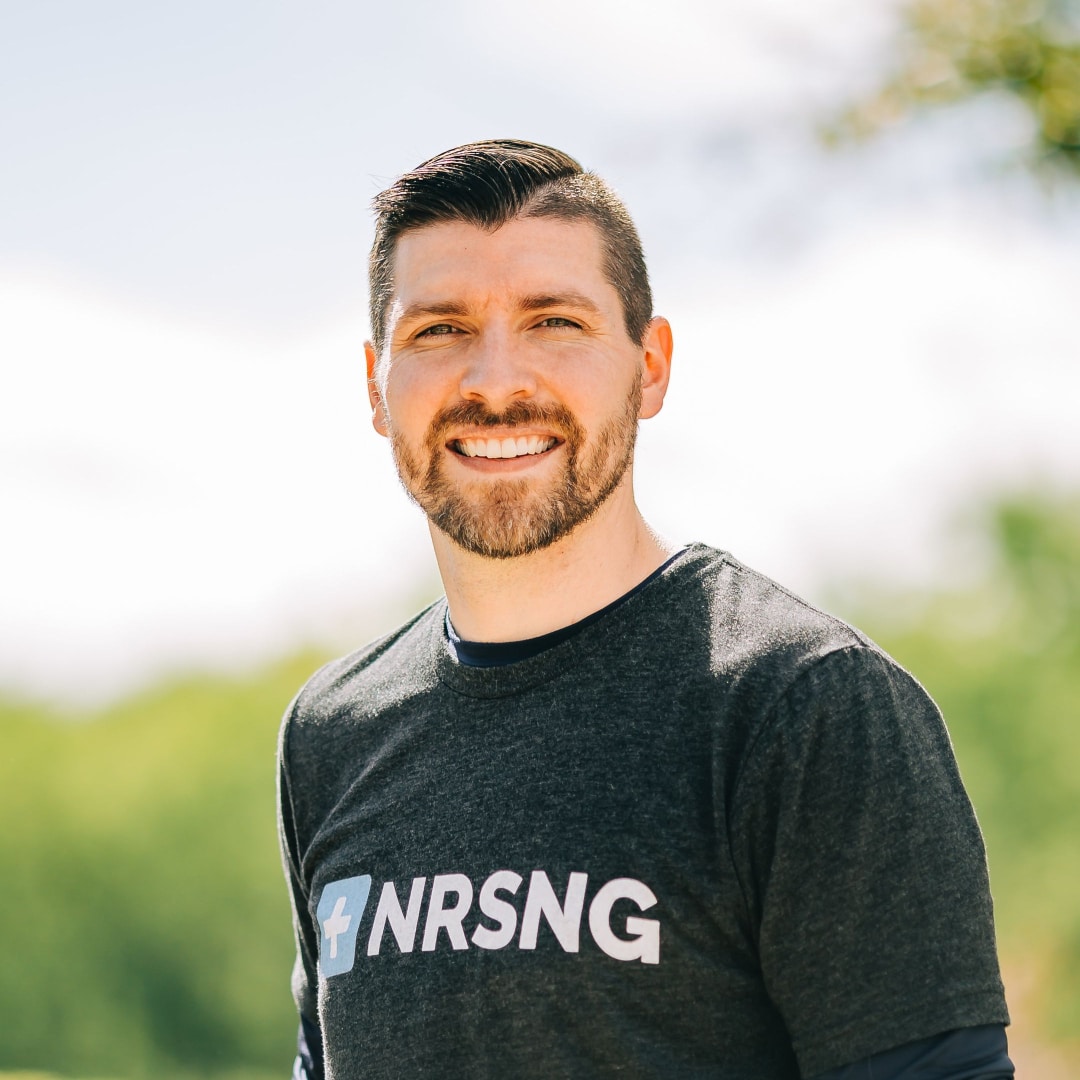Levels of Prevention
Included In This Lesson
Outline
Overview
- Levels of Prevention
- Primary
- Secondary
- Tertiary
Nursing Points
General
- Primary Prevention
- True Prevention
- Applied to healthy individuals
- Includes vaccines, exercise, diet education
- Example: Primary Care Physician Office
- Secondary Prevention
- Focuses on returning patient’s to previous health status
- Activities focused on diagnosis and prompt treatment
- Early screenings to intervene early
- Example: Acute Care Facility (i.e. Hospital or Skilled Nursing Facility)
- Tertiary Prevention
- Focuses on managing disease or disability
- Minimizes effects and attempts to prevent deterioration
- Activities focused on rehabilitation
- Example: Long Term Care Facility, Rehab
Nursing Concepts
- Health Promotion
- Patient-Centered Care
- Patient Education
Patient Education
- Educate patients on prevention of disease, illness or injury
- Educate patients on proper treatment of disease, illness or injury
- Educate patients on management of disease, illness or injury
Transcript
In today’s lesson, we’re going to look at the levels of prevention
There are three levels of prevention. Primary prevention, secondary prevention and tertiary prevention
Primary prevention is first level prevention. So, this is for healthy individuals. It’s the one type of “true” prevention.
An example of this would be something like stroke prevention in a young healthy adult. They haven’t had a stroke, so all prevention is an attempt to really prevent the illness from happening. Examples of this would be pamphlets or other education on controlling blood pressure and the risks of smoking.
Other examples of this are vaccines, exercise and diet and nutrition education.
Secondary prevention is a quite a bit different. The goal is here is to prevent exacerbation of disease or illness.
Typically we’re looking at someone who has developed some kind of illness. Then, the goal is to get the patient back to previous health. If we look at a patient that has a stroke, we want to intervene with CT scans and hospitalization and getting them stable. Then focus on getting them back to where they were prior to them having a stroke.
We also use screening exams and frequent testing to intervene early so that we can prevent or stop spread of the disease. The goal is to get them back to where they were prior to the illness, or to limit disability.
Last is tertiary prevention. The goal here is to focus on managing a disease or disability and to keep the patient from deteriorating. Now one caveat is that the illness is disabling or debilitating and irreversible. So think rehabilitation or palliative care.
If we use the example of our stroke patient, then we’re looking at a skilled nursing facility or rehab. This is getting them to manage their deficits. So eating, walking, talking, using their hands with as little problems as possible. Having them learn to turn themselves so they don’t get pressure ulcers, or making sure they can eat. We want to keep them from having complications.
We want to minimize the effects of the disease and focus our efforts on rehabbing the patient. We want to focus care on getting the patient to as close to a normal life as possible.
When we talk about Levels of Prevention we want our goals to be on promoting health and wellness with our patient at the center. And we can do that through patient education.
Alright, let’s recap.
When we talk about levels of prevention, we’ve got three of them. Primary, secondary and tertiary.
Primary prevention focuses on health prevention in healthy individuals before something happens.
Secondary prevention puts the focus on early intervention in illness or disease to get the patient back to where they were, or at least as close as they were before.
And with tertiary care, we want to work to manage disease and minimize effects of the illness, injury or disease.
Well, that’s it for our lesson on Levels of Prevention. Make sure you check out all the resources attached to this lesson. Now, go out and be your best selves today. And, as always, happy nursing!!


